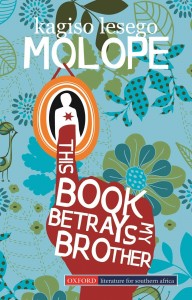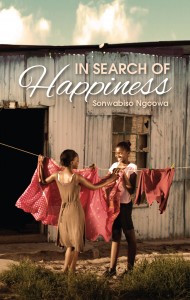I have always found it awkward interacting with white South Africans when meeting them abroad. I always sense a discomfort and often a hesitation to interact on their part. I have also experienced white South Africans being overly familiar with me abroad although meeting for the first time. I am often open to interacting with South Africans abroad, but interactions with white South Africans have consistently proven to be uncomfortable. I have had positive, non-awkward interactions with white South Africans abroad, but they are the exception.
The most baffling interaction was recently when I was studying abroad, I met two white South Africans at the same time, we were at a “global studies” event. The white South African male lives in South Africa and was visiting abroad for a project he is involved in. The other South African, a white woman and lives abroad, and has not permanently lived in South Africa for something like 20 years.
When I met these two white South Africans on the same night at the same time, I had just arrived at the university, where I was doing a yearlong fellowship. They asked me how I was handling the transition. My answer was that I was doing well, and learning how to be in this new city and university. It wasn’t my first time abroad, and I was excited about the academic year, so I was not stressing. After a few chit chats, the woman then asked me if I knew where the African market was, or a place where I can get maize meal and other “African” foods from home in the new city. I was intrigued, but before I could answer the white man jumped in and spoke first. He chuckled in a ‘what do you mean’ manner and said, “what do you mean, why would he need an African market, he lives in the city of Cape Town?” I was stunned and sipped on my wine, and the white woman continued to talk about the African market. I got away from them as soon as I could.
Now, you can read this interaction in different ways. You can read it as a well-meaning white South African woman trying to help me find “African” food. You can also read her as someone who thinks I am a black South African and so I probably crave samp & beans. You can read the white man’s response as someone who sees me as a black Capetownian who lives in the city and has a cosmopolitan palate. But you can also read him as saying that I am a University of Cape Town attending middle-class black that does not eat samp & beans.
None of these readings really matter to me that much, because who knows their intentions. What I really had a problem with is the way in which both of these white South Africans think they know me and know what I want. They both decided which black South African I am, as if we come in these little packages, and then proceeded to treat me as such. I also found it comical how they both had a conversation about me, while I was there and could answer for myself, but in their our conversation I couldn’t get a word in edgewise. And after that little back and forth between the two of them I wasn’t interested.
The white woman assumed that I would be deprived of food that I am used to eating like pap and other “African” foods. The white man looked at me and immediately assumed that because I am a black that lives in the city of Cape Town, there’s no way I eat “African” food. I was really struck by how these two white South Africans thought they knew me and what I would like thousands of kilometres away from South Africa. I was struck by the audacity of these two people to think that they know what I could possibly want. The arrogance of white South Africans knows no boundaries.
The white woman wanted me to be able to find “authentic” African food that would remind me of home, which is a nice suggestion, but then further interactions with her I sensed that she was too obsessed with African “authenticity.” The white man on the other hand was too dismissive of the possibility that I would want to go to the African market. I really didn’t think about trying to find an African market when I arrived. But I also didn’t reject the idea of it either. These white South Africans were both essentialist in their thinking, not taking into account that I could be an African market going black South African with a cosmopolitan lifestyle and palette living in the city of Cape Town. Why the restrictions? Why the compartmentalisation? Why the limited scope of definition? Can I define myself?
Later I thought about how actually that interaction was a true reflection of how white people think of black South Africans. It speaks to the limited, and simplistic ways black South Africans are seen by white South Africans and sometimes-other black South Africans. The compartmentalisation of black South Africans as pap eating and non-pap eating predicts the ways that white people interact with black people. In this interaction I was mostly upset that these two individuals thought they knew me. That they think they can predict what I need. Equally, I found it problematic that my African-ness is measured by the food I eat, because the white woman who asked me about the African market, I doubt if she asks young white South Africans if they want to go to the African market when she meets them.
I never made it to the African market. I did go to a wonderful South African restaurant. I don’t see the point of going to another country only to seek and eat South African food. I prefer to explore local cuisine and the local culture. When I am in Cape Town and it’s suburbs and townships, I visit local eateries serving local food all the time. I have nothing to prove with the food I eat, I just enjoy it. To paraphrase India Arie, I am not my food.
Written by Lwando Scott

